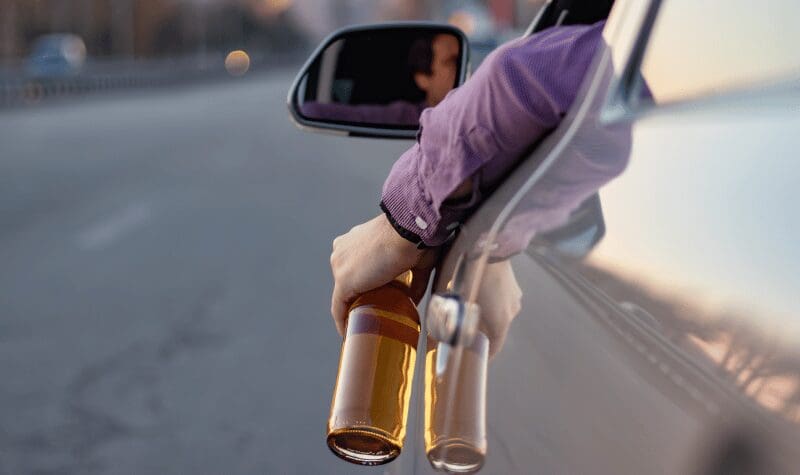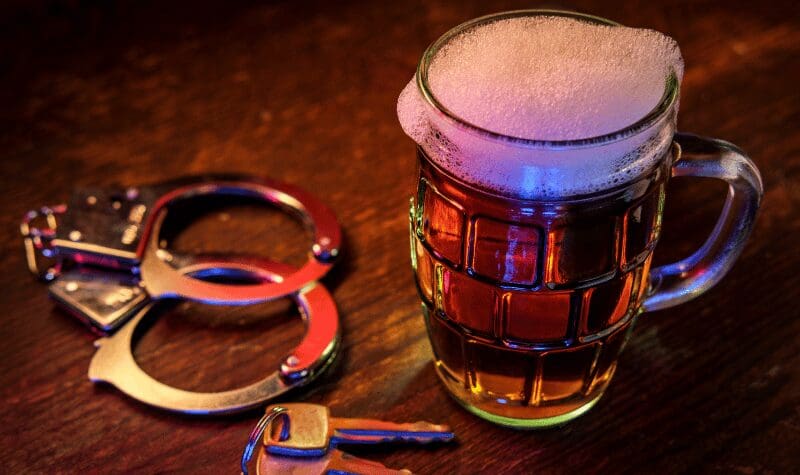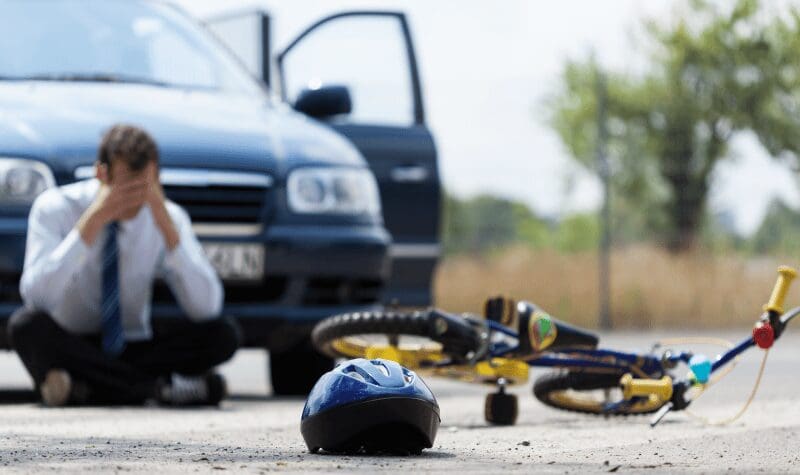New Mexico Drunk Driving Accident Lawyer

You will live with the impacts long after being injured in a drunk driving accident. The situation may be even more difficult when you have lost a loved one to a driving-while-intoxicated, or DWI, crash. While money will not undo what happened, it can help you deal with the effects of the accident. Our experienced car accident lawyers will vigorously represent you in a civil case against the responsible driver.
New Mexico has a DWI fatality rate much higher than the rest of the country. While the national DWI fatality average is 3.1 per 100,000 people, New Mexico’s rate is almost double that. While the national rate of DWI accident fatalities has dropped over the last decade, New Mexico’s has risen. No matter how tough the state makes its laws, it cannot seem to significantly reduce drunk driving in the state – or even lower it.
For every DWI accident fatality, scores of people have survived the crash, only for their lives to be changed drastically by the event. In some cases, these injuries are permanent, and the accident victim will never be the same again. What makes these injuries even tougher to handle is that they happened because someone else consciously decided to drink and drive.
Albuquerque DWI Accident Injuries
Here are some common injuries that DWI accident victims may suffer:
- Broken bones
- Internal injuries
- Organ damage
- Spinal cord injuries
- Traumatic brain injuries
- Soft tissue injuries
- Pain and suffering
Who May File a Drunk Driving Civil Lawsuit
There are two potential classes of people who may file a claim or lawsuit after a drunk driving accident:
- A driver who was injured in a collision with the drunk driver
- A passenger in the car driven by the intoxicated person (even if they were a friend, you should still not hesitate to file a claim since it would be the insurance company paying for the damages)
Criminal and Civil Penalties for the Responsible Driver
When you have been injured in a drunk driving accident, the responsible driver may be penalized on two separate fronts:
- The state may file criminal charges and incarcerate them and take away their license
- You have the right to file a civil lawsuit against the driver and obtain financial compensation for any injuries that you suffered
These two things are not exclusive of each other. You can still file a claim or lawsuit for financial compensation, even if the driver is facing criminal charges. Even if the driver goes to jail, they would still be responsible for paying you for your damages. In this way, drunk driving can result in civil and criminal liability.
Even if the driver is charged and acquitted, it would not necessarily mean the end of your civil case. The prosecutor has a burden of proof higher than what you would have to show to get money for your injuries. The prosecutor needs to prove their case beyond a reasonable doubt, and you just need to prove your case by a preponderance of the evidence. If we numerically compare the two, a criminal case would require 100% proof, while a civil case would require 51%.
However, if the drunk driver pleads guilty to the criminal charges, it can be used as evidence to help win your civil case. A deal that involves a no-contest plea would not be as helpful for your civil case since it cannot be admitted.
You Still Need an Attorney for a DWI Civil Case
One of the significant parts of the usual car accident is proving who was responsible for the crash when two cars are involved. You may be wondering why you would need an attorney if you do not have to worry as much about proving liability. Even if it were clear-cut who was responsible for the crash, you would still need an attorney because liability is just one piece of the puzzle. However, you should never take anything for granted and assume that a driver will automatically be responsible, even if they were drinking. For this reason, you should always call an attorney after a drunk driving crash.
You still need to negotiate with the insurance company for the right compensation for your injuries. Getting a settlement check may not be as great as you think when the check amount is less than you deserved. You should not just be happy that a settlement offer was put in front of you; it should be the right offer, or you should not take it at all.
Your Damages in a Drunk Driving Case
Your lawyer will fight for you to get top dollar for your drunk driving accident injuries. If the insurance company offers you too little, your lawyer will tell you to reject the offer. The value that your lawyer adds is about much more than showing that someone else should pay for your injuries.
In any drunk driving accident, you are entitled to be paid in full for the damages that you have suffered. You may lose money out of your pocket and the quality of life you had before the accident. The responsible driver must pay whether you are dealing with economic or non-economic damages.
Your drunk driving accident damages would include:
- The complete cost of your medical expenses
- Lost wages or any reduction in your earning capacity
- Pain and suffering for your post-accident ordeal
- Loss of enjoyment of life
- Emotional trauma
You could recover punitive damages from the drunk driver if you take the case to court. These damages are rare in a motor vehicle accident case, but they are possible when a drunk driver is involved, given their complete disregard for the law and your safety.
Wrongful Death Lawsuits for Drunk Driving Accidents
If a drunk driver killed your loved one, your family could file a wrongful death lawsuit, which will pay for your damages. Each family loses something when their loved one tragically dies, including:
- The financial support that their loved ones would have provided had they continued to work and earn money
- The emotional support and guidance that their loved one gave to the family
- Emotional and psychological peace of mind
In any drunk driving accident, your damages could be considerable. You have legal rights and should not surrender them for a fraction of their worth.
You Can Get Financial Compensation in a Hit-and-Run Crash
If the other driver has left the scene of the accident in a hit-and-run, or if they were not carrying enough auto insurance to cover the damages, you are not out of luck. Assuming that your insurance policy gives you coverage for uninsured and underinsured drivers, you can file a claim against your policy. However, you should not expect your insurance company to be any easier to do business with than any other one. At their core, insurance companies are all the same.
Insurance Companies Still Make Things Hard for You
You may wonder why an insurance company would make things difficult for you when they may not have a leg to stand on in court. A jury may not have much sympathy for a drunk driver and could order them to pay much more than the insurance company otherwise would have had to in a settlement. The answer is that the insurance company likes to take things up to the line to see what they can get away with in any settlement negotiation. They never know what you may take until they try to offer it to you. The good news is that your lawyer knows what your case is worth, and they will not let the insurance company off the hook.
While we have focused on the responsible driver, they may not be the only one who needs to pay you when you have been injured in a drunk driving accident. Your lawyer would investigate and learn where the intoxicated driver was drinking. If they were being served in an establishment when they were drunk, the tavern or restaurant owner could also be responsible under New Mexico’s dram shop laws. You may be able to recover against a second (and larger) insurance policy if you can sue a business.
Call an Albuquerque Drunk Driving Accident Lawyer
If a drunk driver has injured you or a loved one, you have the legal right to justice in the form of financial compensation. Ron Bell Injury Lawyers works hard to get the right results for clients in their time of need. We believe that tenacity and toughness pay off, and counsel is everything we do. To schedule your free initial consultation, you can message us online or call us at (505) 898-BELL.


